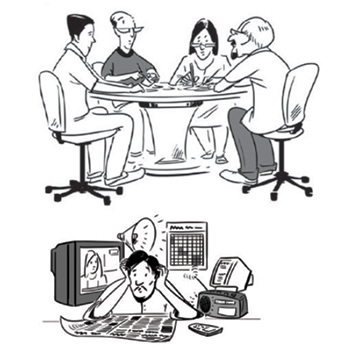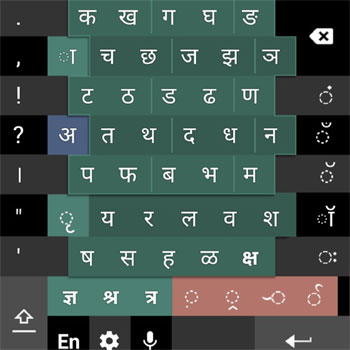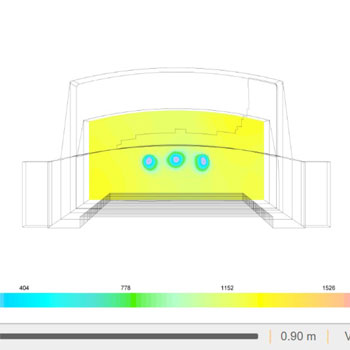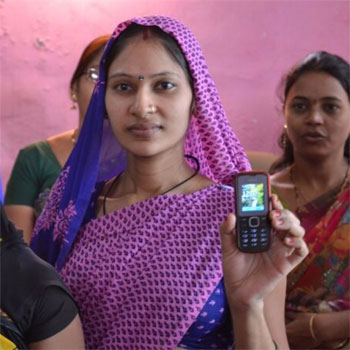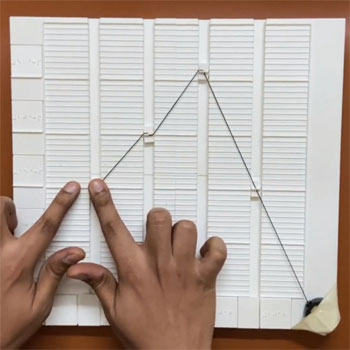Prof. Anirudha Joshi is a faculty member and head of the Industrial Design Centre (IDC) at the Indian Institute of Technology Bombay (IITB). His research focuses on various aspects of interaction design, user experience, and the integration of emerging technologies into design practices. His work often explores how design can enhance user interactions and improve the usability of technology in everyday life. Prof. Joshi has contributed to understanding how users interact with various products and systems, aiming to enhance their overall experience through thoughtful design. He has worked on developing and refining methodologies that guide designers in creating user-centric products and solutions. Prof. Joshi has published numerous papers and articles in academic journals and conferences, contributing to the body of knowledge in design and interaction. His work is recognised for advancing the understanding of how design impacts user experiences and technology integration.


